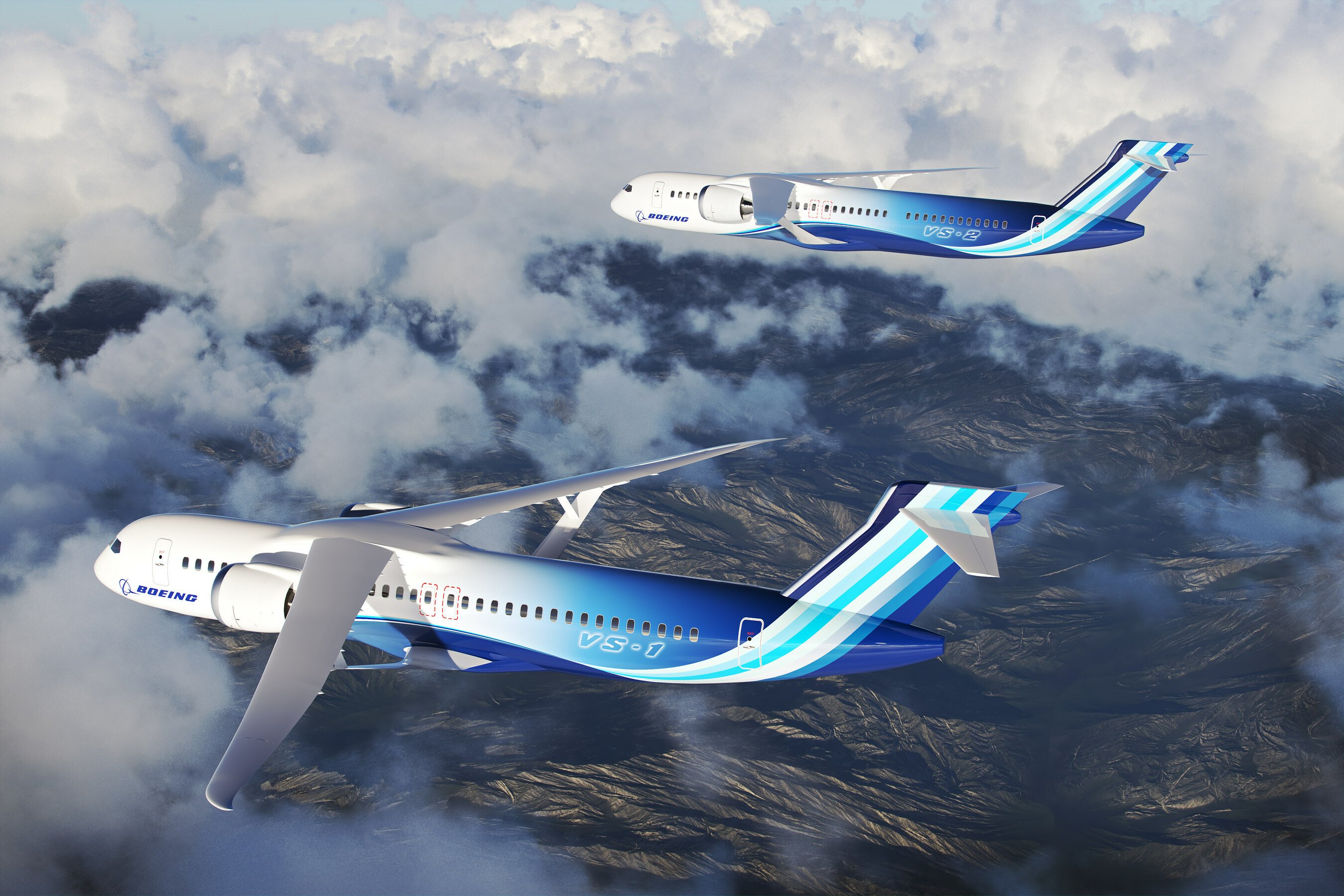NASA and Boeing will collaborate on building and test-flying a single-aisle commercial aircraft demonstrator using a truss-braced, high-aspect-ratio wing scheduled for first flight in 2028, the partners said on January 18. Called the Sustainable Flight Demonstrator (SFD) project, the effort would reduce fuel burn compared with contemporary narrowbodies by 30 percent through aerodynamic, materials, and engine improvements. Of the $725 million needed for the project, NASA will contribute $425 million while Boeing and other partners will absorb the rest of the cost.
Speaking from NASA offices in Washington, D.C., NASA administrator Bill Nelson characterized the demonstrator as a short- to medium-haul airplane that addresses 50 percent of the commercial air transport market. Program leaders hope the testing will help adapt the technologies needed to bring a new narrowbody aircraft to market in the 2030s.
“It's our plan to demonstrate this extra-long thin wing stabilized by braces that will make commercial airliners much more fuel efficient by creating less drag,” he said. “In addition to the design, the sustainable flight demonstrator will integrate multiple other related green technologies. This configuration will save fuel. And as we know, saving fuel is not only good for the planet, it means less expensive tickets for passengers.”
Part of NASA’s Sustainable Flight National Partnership, the SFD marks the culmination of more than 15 years of study into “projects such as this,” said NASA associate administrator Bob Pearce. For this particular project, Boeing will bring its manufacturing resources and knowledge while NASA contributes its technical expertise and testing support at Armstrong Flight Resource Center in California along with fixed payments as the partners achieve various milestones, he added.
Long, Thin Wings Could Boost Aerodynamics
Boeing chief technology officer Todd Citron said the demonstrator will draw benefits from separate research partnerships, perhaps most notably the Transonic Truss Brace Wing (TTP) configuration, on which the partners performed many rounds of wind tunnel testing and digital modeling. “When the demonstrator takes to the skies in 2028, it'll do so on ultra-thin wings braced by trusses and with a larger span, resulting in higher aerodynamic efficiency,” said Citron. “This high-wing configuration will also free up underwing space for advanced propulsion systems.”
Nelson noted that NASA received several “excellent” proposals from other manufacturers but that Boeing’s “by far” proved the best.
Plans call for flight testing of the demonstrator, which will use what Citron called an existing narrowbody airframe, to last about a year. Pearce explained that while the benefits of a high-aspect-ratio wing are well-known, the way one builds the wing presents the biggest challenge. “The challenge is how do you build that wing? How do you get the structure to work without adding a lot of weight?” Pearce asked rhetorically. “Because, if you add weight, then you lose the aerodynamic benefits of a configuration like that. So it took advancements in materials and advancements in structures and so forth to develop that concept.”
Pearce added that SFD will use conventional engines but benefit from two of the Sustainable Flight National Partnership’s projects involving thermal efficiency and hybridization of engines. “So adding a megawatt or a couple of megawatts of electric power can do really interesting things,” he explained. “We call it a mild hybrid, so on things like top-of-climb, takeoff, and so forth, you can use that electric power and better optimize the turbine. So we are doing those things in separate projects because…it reduces our risk to take on these large technology challenges.”
